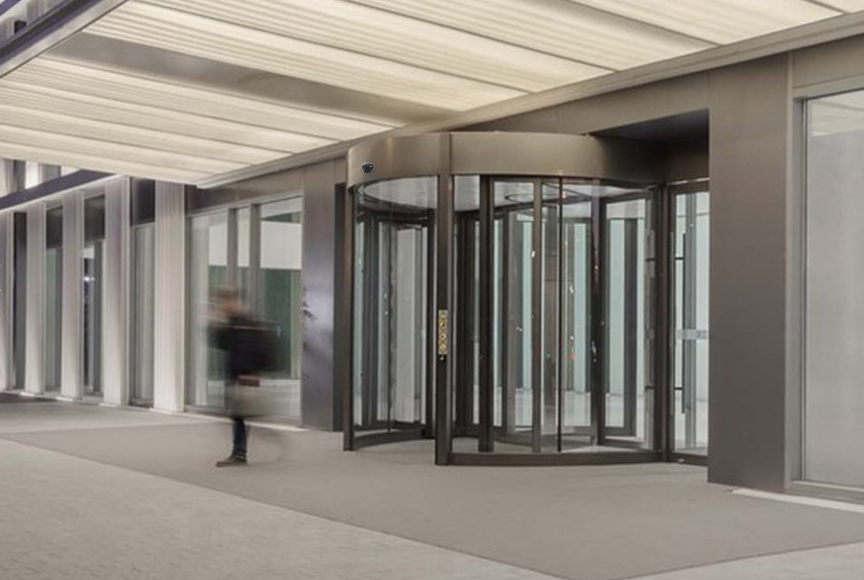Can you explain the role of safety sensors in automatic glass door systems and how they help prevent accidents or obstructions?
Automatic glass doors have become an integral part of modern buildings, offering convenience and aesthetic appeal. These doors are not only elegant but also efficient, providing seamless access to various establishments. However, the smooth operation of these doors is not solely due to their sleek design but also the incorporation of advanced safety sensors. Safety sensors in automatic glass door systems play a pivotal role in ensuring the safety of users and preventing accidents or obstructions. In this article, we will delve into the significance of these sensors and how they work to safeguard individuals and property.

The Role of Safety Sensors
1. Detecting Obstacles: Safety sensors are designed to identify obstructions in the path of the automatic glass door. These obstructions can range from stationary objects to moving individuals, and the sensors are programmed to react accordingly. The sensors use a variety of technologies to detect obstacles, such as infrared sensors, ultrasonic sensors, or pressure-sensitive sensors.
2. Preventing Accidents: The primary function of safety sensors is to prevent accidents. By detecting obstacles in the door's path, the sensors trigger an immediate response to stop or reverse the door's movement. This ensures that individuals or objects in the doorway are not inadvertently struck by the door as it closes, reducing the risk of injury and damage.
3. Ensuring User Safety: Safety sensors contribute significantly to user safety, especially in high-traffic areas like shopping malls, hospitals, and airports. They are instrumental in preventing collisions between the door and pedestrians, including those with impaired mobility or vision. Without these sensors, there would be a higher chance of accidents, potentially leading to serious injuries or lawsuits.
4. Protecting the Door System: In addition to safeguarding individuals, safety sensors also help protect the door system itself. If an obstruction is detected, the sensors trigger a response that prevents the door from operating under excessive force. This safeguards the door's mechanical components, reducing the likelihood of costly repairs or replacements.
How Safety Sensors Work
Safety sensors in automatic glass door systems function through various technologies, each with its unique approach to detecting obstructions:
1. Infrared Sensors: These sensors emit infrared beams that create an invisible barrier in the door's path. When an obstruction disrupts the beam, the door responds by stopping or reversing its motion.
2. Ultrasonic Sensors: Ultrasonic sensors use high-frequency sound waves to detect objects in the door's vicinity. When an object is detected, the door is halted to prevent any collision.
3. Pressure-Sensitive Sensors: Pressure-sensitive sensors are typically installed in the door frame. They detect pressure or force applied to the door, such as when a person or object leans on it. When pressure is detected, the door stops and reopens to prevent any accidents.
4. Motion Sensors: Motion sensors can detect movement in the doorway and trigger the door to open or remain open, allowing people to pass through safely.
Conclusion
Safety sensors in automatic glass door systems are indispensable for ensuring the safety of individuals and property. They detect obstacles, prevent accidents, and safeguard the door system itself, making these sensors an integral component of any automatic door installation. Without them, the convenience and elegance of automatic glass doors would come at a much higher risk of accidents and injuries. As technology continues to advance, these sensors will likely become even more sophisticated, further enhancing the safety and reliability of automatic glass door systems.







